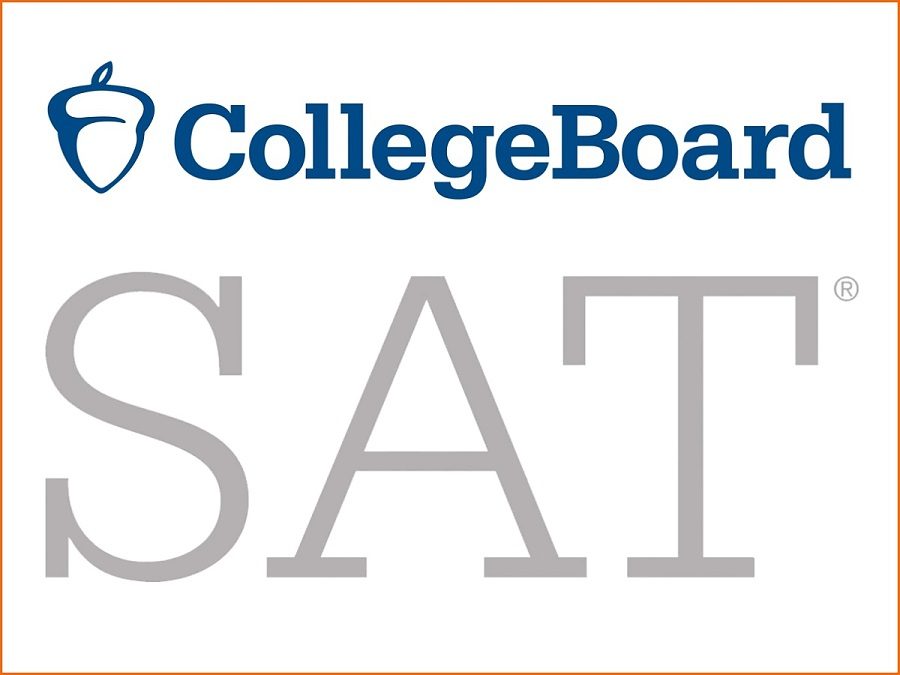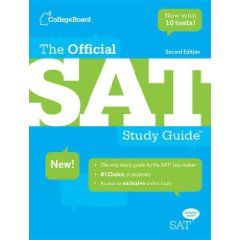The Digital SAT has transformed how students approach standardized testing, with its adaptive format and streamlined sections creating new challenges and opportunities for time management. Unlike the paper SAT, the Digital SAT requires specific strategies for each module to maximize your score potential. This comprehensive guide breaks down effective time management techniques for each section, helping you navigate the test with confidence and precision.
Understanding the Digital SAT Structure
Before diving into section-specific strategies, let’s review the overall test structure:
- Total testing time: 2 hours and 14 minutes
- Reading and Writing (RW): Two modules, 27 questions each, 64 minutes total
- Math: Two modules, 22 questions each, 70 minutes total
- Break time: 10-minute break between sections
Reading and Writing Section Strategy
Module 1 (27 questions, 32 minutes)
Your performance in Module 1 determines the difficulty level of Module 2, making efficient time management crucial.
Recommended Approach:
- First 2 minutes: Quickly scan all questions to identify “easy wins”
- Next 20 minutes: Answer all straightforward questions
- Final 10 minutes: Tackle more challenging questions, using the flag feature for any that require extra time
Pro Tip: The Reading and Writing section averages exactly 1 minute per question, but some questions take only 30 seconds while others require 90 seconds. Learn to identify which is which during practice tests.
Module 2 (27 questions, 32 minutes)
Module 2 difficulty adapts based on your Module 1 performance. If you performed well, expect more challenging questions.
Recommended Approach:
- Question prioritization: Start with vocabulary, pronoun reference, and transition questions, which typically require less time
- Passage analysis: For longer passages, read the questions first to focus your reading
- Final review: Save 2 minutes at the end to review flagged questions
Time-Saving Technique: For paired passages, read and answer questions about the first passage completely before moving to the second passage to maintain focus.
Math Section Strategy
Module 1 (22 questions, 35 minutes)
With roughly 1.5 minutes per question, Module 1 requires strategic decision-making.
Recommended Approach:
- First pass (20 minutes): Answer all questions you can solve in under a minute
- Second pass (12 minutes): Work through moderately difficult questions
- Final 3 minutes: Make educated guesses on remaining questions
Common Time Traps: Word problems often contain unnecessary information. Train yourself to identify the core mathematical concept being tested.
Module 2 (22 questions, 35 minutes)
Module 2 math questions are typically more complex if you performed well on Module 1.
Recommended Approach:
- Quick scan: Identify question types you excel at
- Strategic calculator use: Only use the calculator when necessary—mental math is often faster for simpler calculations
- Work backward: On multiple-choice questions, sometimes plugging in answer choices is faster than solving algebraically
Time-Saving Hack: The Digital SAT allows you to flag questions for review. Use this feature strategically, especially for questions requiring lengthy calculations.
Module Transitions: The Hidden Time Management Opportunity
The brief moment between modules presents an opportunity to reset mentally:
- Take a deep breath and clear your mind
- Adjust your strategy based on how the previous module went
- Quickly review the instructions to ensure you understand the upcoming module’s requirements
Special Time Management Techniques for the Digital Format
Leveraging Digital Tools
The Digital SAT provides tools that can save precious time:
- Highlighter tool: Use sparingly to mark key information in passages
- Flag feature: Quickly mark questions to revisit
- Split screen: For passage-based questions, efficiently compare text and questions
- Strikethrough function: Eliminate incorrect answer choices to focus on viable options
Avoiding Digital Distractions
- Resist the urge to constantly check the timer
- Schedule timer checks at specific question intervals (e.g., every 8 questions)
- Turn off the highlight function when not needed to avoid accidental highlighting
Practicing Effective Time Management
Mere knowledge of time management strategies isn’t enough—implementation requires practice:
- Take full-length practice tests under timed conditions
- Analyze your timing patterns to identify where you typically slow down
- Practice specific modules with strict timing parameters
- Gradually reduce the time you allow yourself to complete practice sections
Troubleshooting Common Time Management Problems
Problem: Running Out of Time on Reading Passages
Solution: Practice the “question-first” approach—read questions before the passage to focus your reading on finding specific information.
Problem: Spending Too Long on Difficult Math Questions
Solution: Implement the “30-second rule”—if you can’t identify an approach within 30 seconds, flag the question and move on.
Problem: Losing Track of Time
Solution: Set mental checkpoints (e.g., by question 16 in Reading and Writing, you should have 16 minutes remaining).
Adjusting Your Strategy on Test Day
Even with perfect preparation, test day brings unique challenges:
- Arrive early to avoid rushing and increasing stress levels
- Use the short breaks to reset mentally between sections
- Stay adaptable—if one section feels more challenging, adjust your approach for the next module
Conclusion: Balance Speed with Accuracy
The Digital SAT rewards both speed and accuracy. The adaptive format means that correctly answering fewer questions can sometimes yield a higher score than rushing through and making careless errors.
Remember: The goal isn’t just to finish on time—it’s to maximize your score by answering as many questions correctly as possible within the time constraints.
Perfect your time management strategy through consistent practice, and you’ll approach test day with confidence, knowing you can navigate each section efficiently and effectively.










